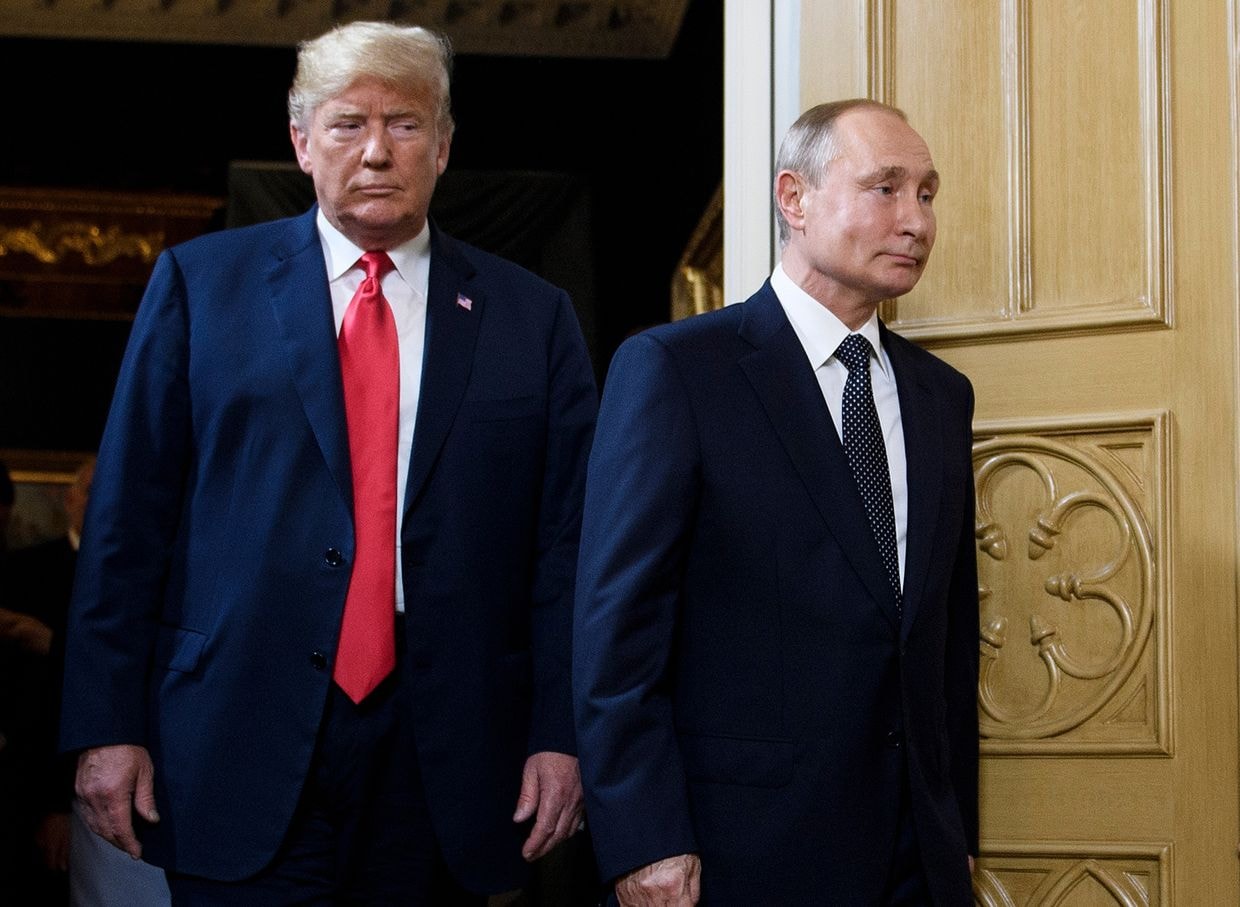Ukrainian bonds plunge amid Russia’s military buildup

Ukrainian government bonds fell by up to 4.6% on Jan. 17, as Russia continued to mass troops on Ukraine’s border, fuelling fears of a large-scale invasion.
Sovereign bond yields are often used as an indicator of foreign investor confidence in a country’s economy: the higher the yield, the more risky the asset.
The yield on bonds due to mature (pay out interest) in September 2022 soared to 26.55% at the Jan. 17 auction, while it stood at 19.67% on Jan. 14.
However, Hlib Vyshlinsky, the head of the Center for Economic Strategy, told the Kyiv Independent on Jan. 18 that this tendency would only be a problem for Ukraine’s economy if it lasts.
According to him, there’s no need to panic if it’s a short-term fluctuation.
However, if such high yields stay at the same level or go up over the next month, it could hurt the government’s ability to finance the budget deficit and force it to cut social spending.
“It will also result in a delay in the planned investment projects because of high military risks, and economic growth in this period,” Vyshlinsky said.
Ukrainian debt has been a popular purchase for foreign fund managers in recent years, leaving the bonds vulnerable to a mass sell-off amid the recent escalation of tensions with Russia.
Ukrainian bond values dropped after investors started selling last week due to an increasing perceived risk of a full-scale invasion by Russia.
“The market has to price in some kind of probability of Russia invading,” Viktor Szabo, a director at investment fund Abrdn, told Euronews on Jan. 17.
Bond spreads are differences between the yields of various bonds: a high spread shows high country risk. Ukraine’s are currently at the same level as in March 2020, when the Covid-19 pandemic struck.
Spreads are also at similar levels to those seen in spring 2014, when Russia invaded and then annexed Crimea, but are still not quite at the level of early 2015, when Ukraine nearly defaulted.
The J.P. Morgan index on emerging markets put Ukraine in the same category as Venezuela and Lebanon, indicating distressed bonds, Reuters reported.
On Jan. 13, the hryvnia hit its weakest level against the dollar since April after a 0.5% fall, according to the Financial Times.
At the same time, Russia’s currency, bonds, and stocks have also taken a hit as tensions between the two countries showed no sign of easing. The Russian rouble fell nearly 3% to hit a nine-month low of 76.5 roubles to the dollar, following a week of diplomatic talks between Russia and the West which yielded no resolution but brought further threats from Moscow.










